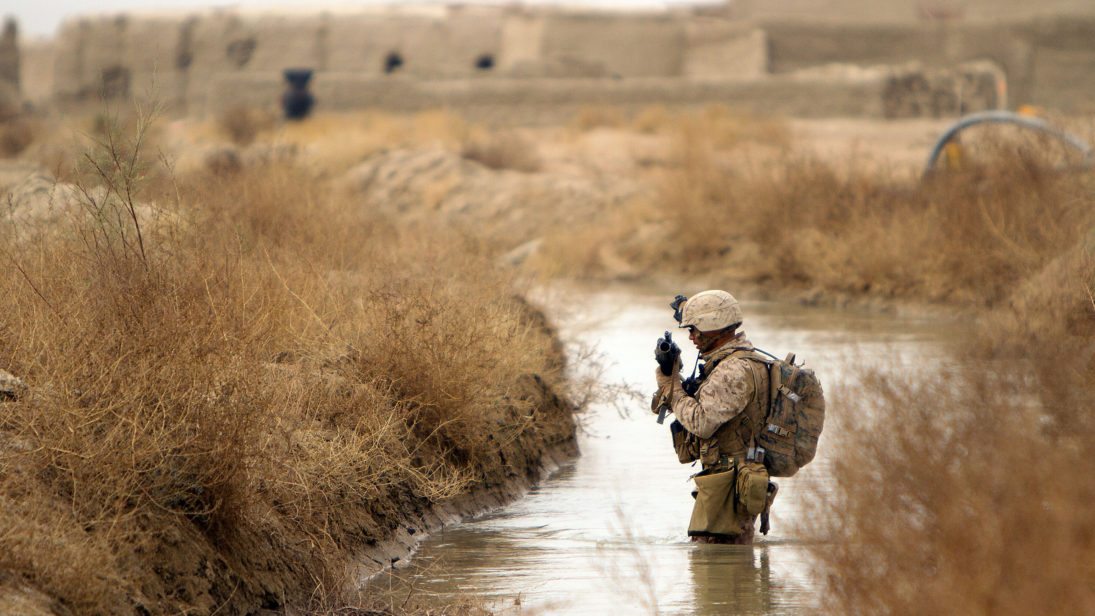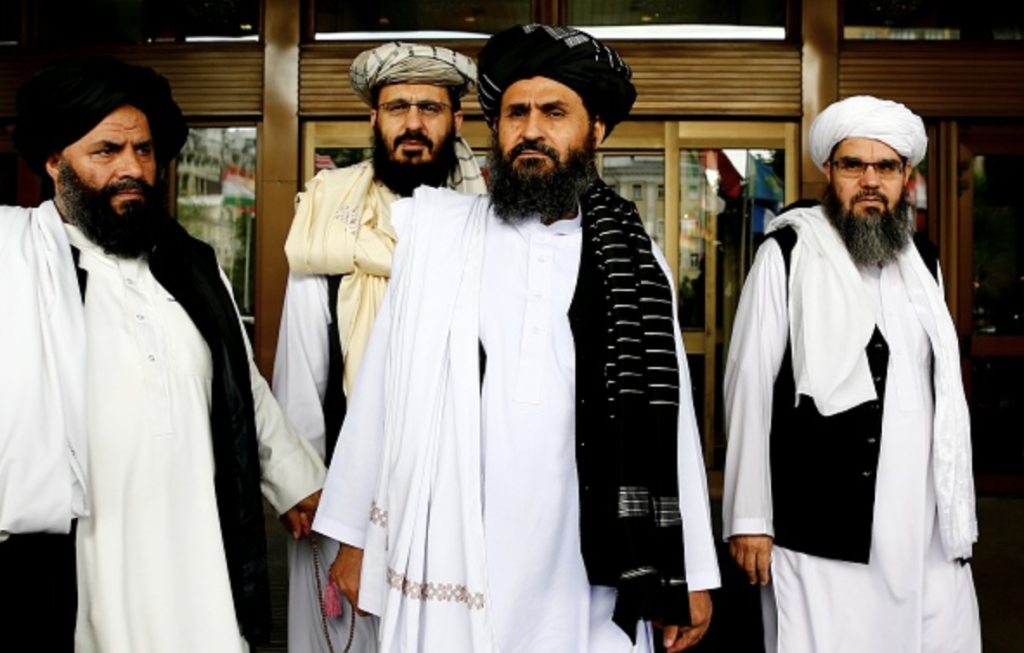
At an estimated accumulated cost of USD $975 billion from FY 2001 to FY 2019, the massive expenditure of both economic and political capital as well as the heavy casualties in the 18-year old U.S. war in Afghanistan has led the Trump administration to seek an end to the costly conflict—but no end is in sight.
When the United States decided to pursue direct talks with the Taliban last year to negotiate an end to its military presence in the country and pave the way for a peace process, it was hailed as a landmark development in the history of the conflict: the United States has come a long way from 2001 when President Bush doubled down on his stance of “no negotiations” with the Taliban. However, after a sixth round of discussions last month, the U.S. Special Representative for Afghanistan Reconciliation Zalmay Khalilzad was unable to reach an agreement with the Taliban on U.S. troop withdrawal. The result has been a diplomatic impasse, and the Taliban have refused to level off the insurgency. As another round of U.S.-Taliban talks kicks off, Washington would do well to remember that in order to break the deadlock, the present U.S. campaign of military pressure against the Taliban would have to be accompanied by a diplomatic strategy that takes into account insurgent security concerns and builds political consensus on the negotiations with regional powers.
CurrentStalemate
To negotiate the withdrawal of U.S. troops from Afghanistan, Washington has chosen to engage the Taliban bilaterally given the latter’s reluctance to talk directly with what the group calls the “puppet” government in Kabul. The American negotiation framework proposes a withdrawal of troops in exchange for security guarantees from the Taliban, including committing to a ceasefire, and initiation of a comprehensive intra-Afghan dialogue. Though it was stated that “some progress” had been reached on an agreement for the withdrawal of U.S. troops during the latest round of talks, an exchange of hostile messages between the two parties over social media and the strong condemnation of Taliban violence by Khalilzad belie the extent of progress that has been claimed.
Both sides are caught in a stalemate of negotiations, where the Taliban refuses to enact a ceasefire until a timeline for withdrawal is in place, and the United States refuses to announce a timeline until the Taliban enact a ceasefire and commit to security imperatives. Zero-sum perceptions of military success and mutual distrust prevent the dialogue from progressing beyond minimal agreement on the broad contours of withdrawal.
Insufficiencyof Military Pressure
In a recent interview, Mohammad Umer Daudzai, President Ashraf Ghani’s special envoy on peace, spoke of Taliban battlefield losses and the reduction in the number of important districts in Afghanistan that are “under pressure” from the Taliban. If these claims are accurate, they support the theory that keeping up military pressure on the Taliban such that the group continues to sustain battlefield losses may force them into accepting greater concessions.
However, the U.S. military campaign must be a complement, not a substitute, to political efforts. Aerial campaigns and ground engagements often result in high civilian casualties. The United Nations Assistance Mission in Afghanistan (UNAMA) found that pro-government airpower and search operations have caused more civilian casualties than Taliban attacks. Moreover, military pressure alone does not guarantee political success in insurgencies and even leads to an increase in insurgent violence instead.
AnImproved Negotiating Strategy
An offer of positive incentives to the Taliban, an option likely being considered by Washington, could be one effective way to move negotiations forward. Such a strategy may lead to identification of mutual interests and build confidence among the parties, maybe even paving the way for a resuscitation of productive dialogue with Kabul. For instance, both the United States and the Taliban share a common enemy in the Islamic State and the two parties have previously discussed the possibility of cooperation in this area. They should focus on coming up with a joint strategy to displace the militant group from Afghan soil, thereby addressing a significant security concern. Another potential area for collaboration is in reconstruction, as the Taliban welcomed U.S. help in post-conflict rebuilding in January this year. The United States can leverage its economic power by linking donations of reconstruction funds and expertise in institution-building to major concessions like a ceasefire leading to dialogue with an official delegation of the Afghan government and implementation of U.S. security demands.

A linkage strategy can be bolstered by both parties agreeing to third-party involvement. Research has shown that political agreements that provide for a “third-party enforcer” are effective at assuaging insurgent security fears. However, an international peacekeeping force will have limited success in preventing a resurgence of violence if the record of the multi-national International Security Assistance Force (ISAF) is to serve as an instructive example. A somewhat better option for the United States might be to push a neutral third-party state to fulfill this monitoring function, which, nonetheless, presents its own set of obstacles. Agreement upon such an actor will have to be the outcome of U.S.-Taliban discussions, and finding a state that is palatable to all parties in the conflict and does not bring its own geopolitical baggage will be a challenge.
An important aspect of the Afghan civil war is its internationalized nature. Creating a consensus around conflict resolution and ensuring that external powers not only have a mutual interest in Afghan peace—as agreed upon by the United States, China, and Russia earlier in April—but also the means and principles of achieving it can go a long way toward advancing the peace process. The latter is important because conflicting tracks for negotiations may cause further divisions among Afghan political circles and undercut U.S. aims of ensuring an inclusive peace. A more unified, coordinated stance among outside powers on how to work towards a political solution can reduce the complexity of the negotiating process and thereby strengthen the already existing aim of exerting collective pressure on the Taliban. Outside players can also be recruited to play a substantive part in a post-peace stabilization program.
The principal issue with a negotiating strategy that revolves around political and economic accommodation rather than force is the possibility of Taliban ascendancy threatening to reverse strides made in democratic state-building and women’s rights in Afghanistan. However, the predicament facing the United States is that force alone and even the promise of a withdrawal have not achieved enough. The prescriptions offered here are not a panacea to all the problems in the peace process. However, they do have the potential to advance negotiations and bring some certainty to Washington’s Afghan quandary. Coming up with more creative solutions may lead to finding a middle ground and preventing the U.S. withdrawal from becoming synonymous with bargaining away Afghanistan’s political future.
***
Image 1: DVIDSHUB via Flickr
Image 2: Anadolu Agency via Getty Images


